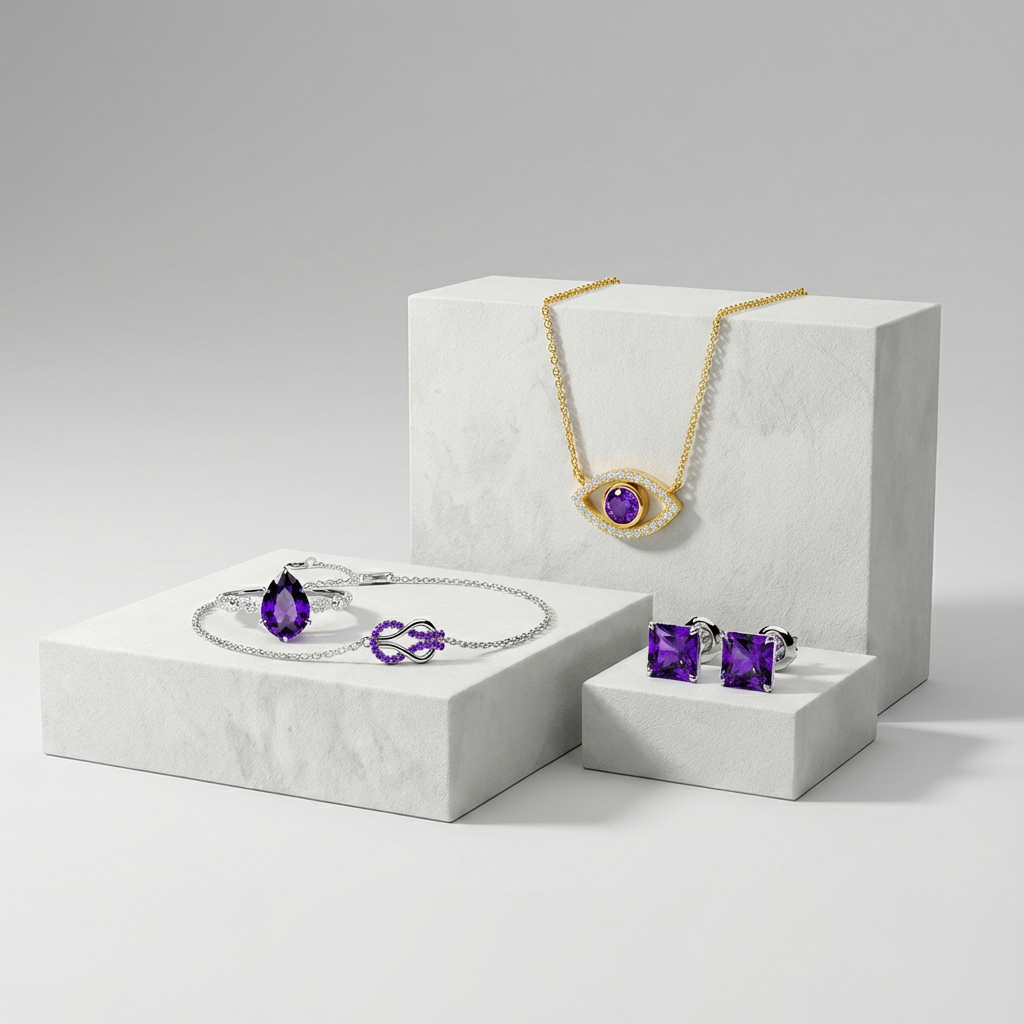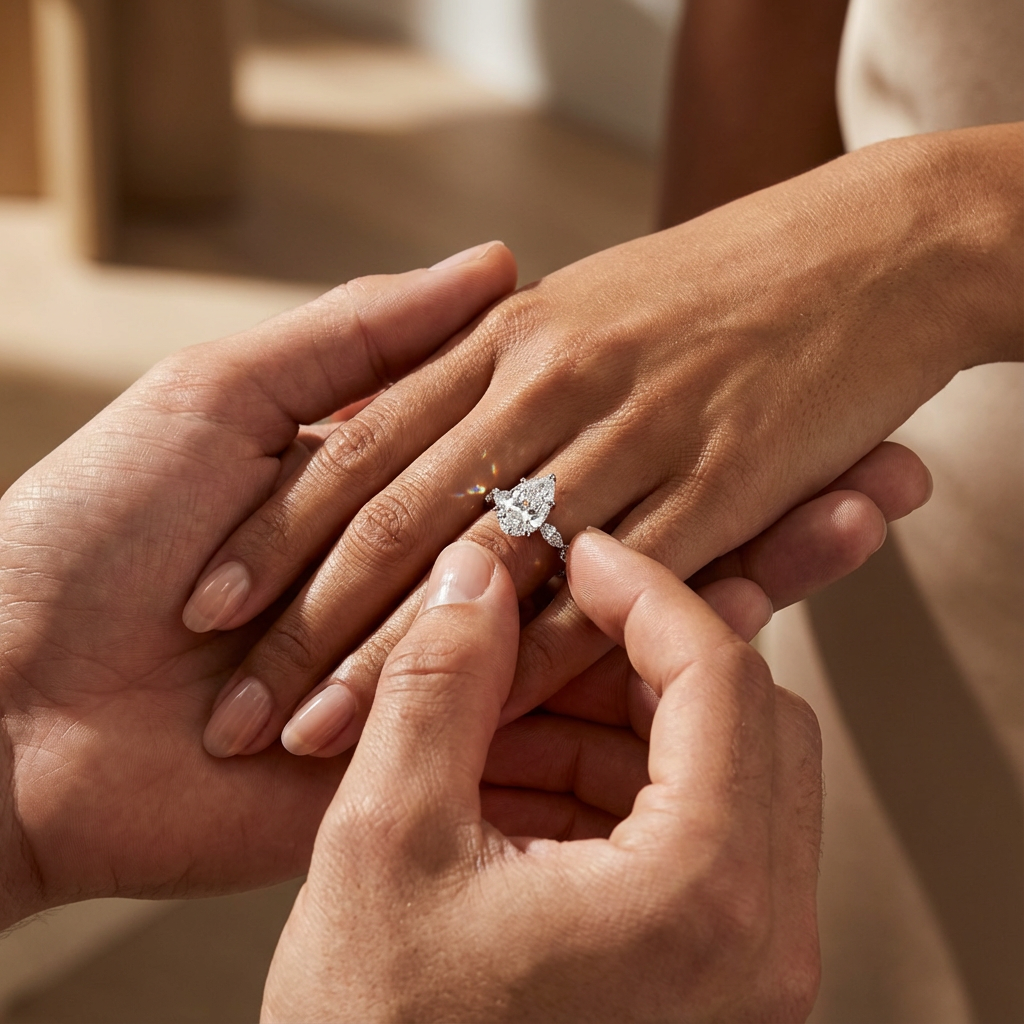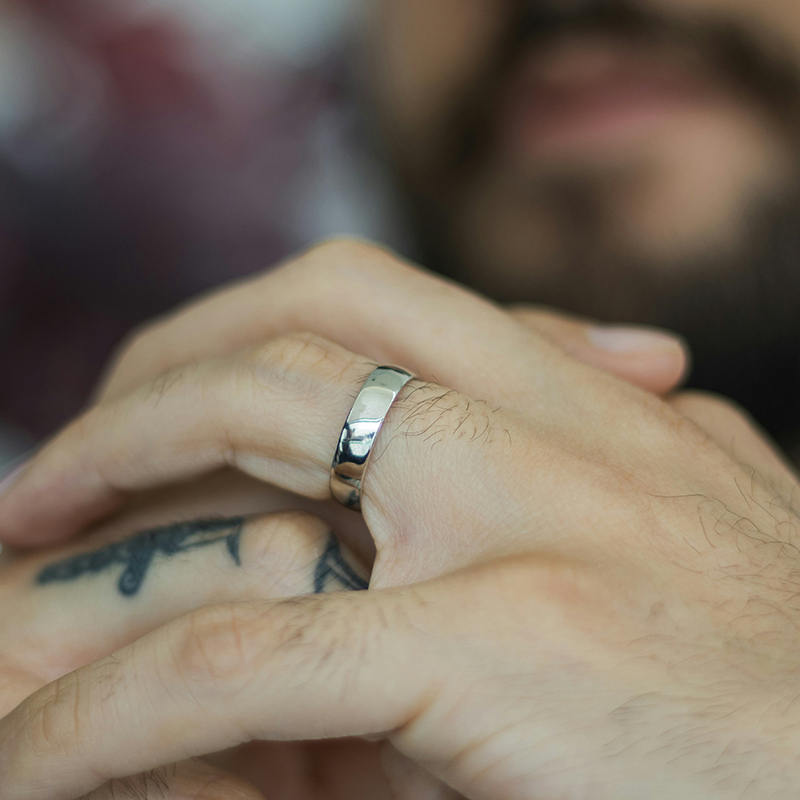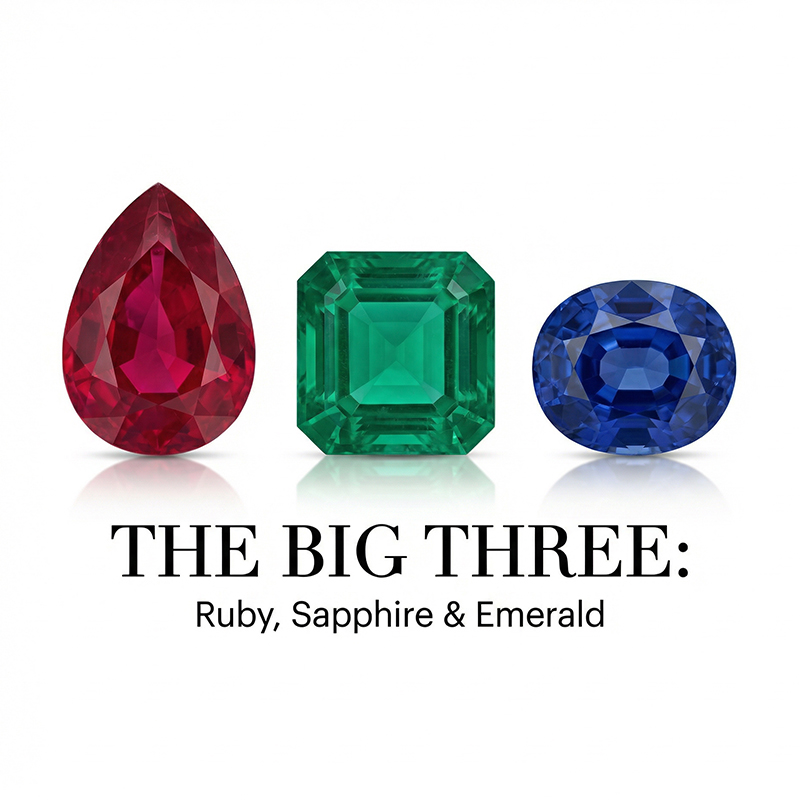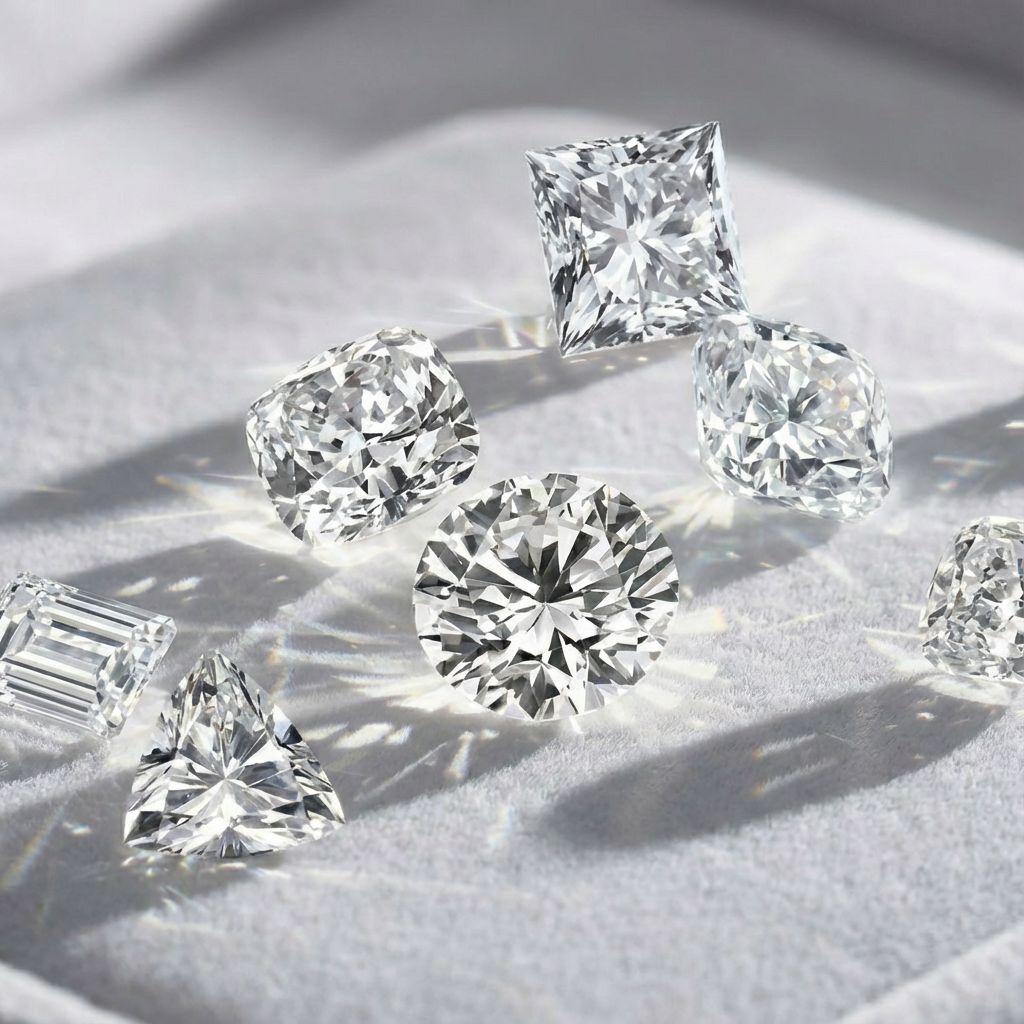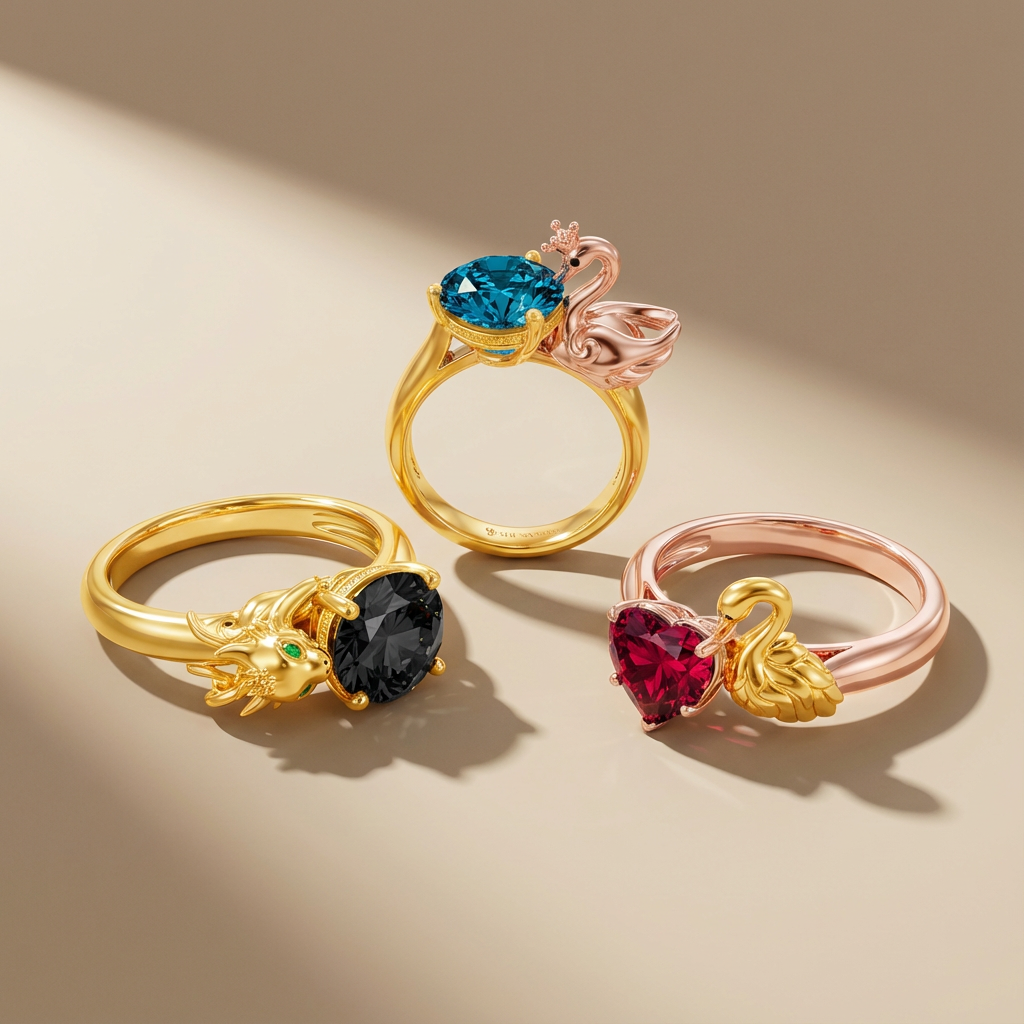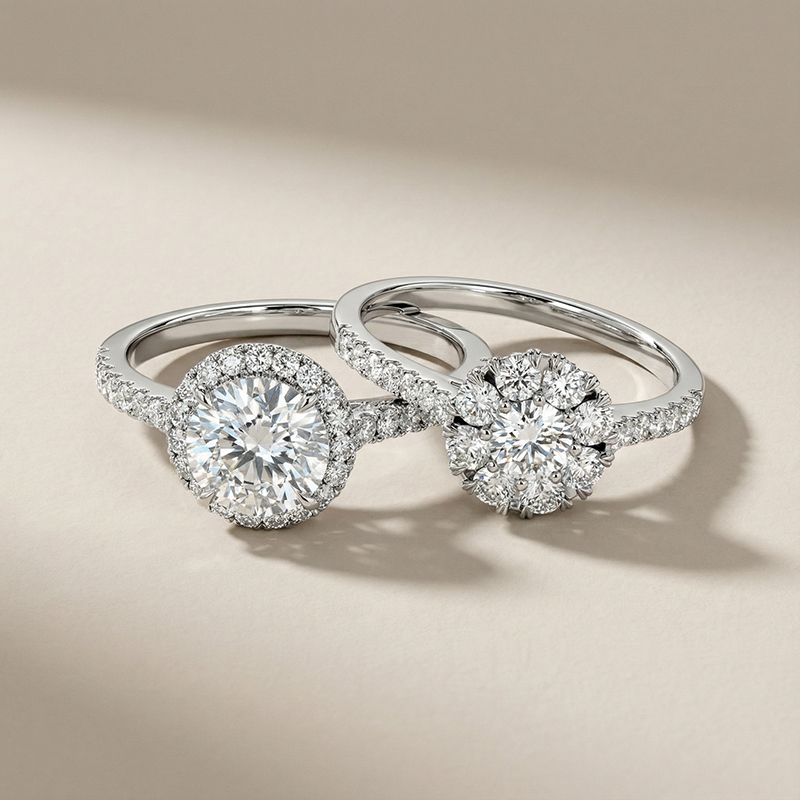When choosing your engagement ring, you might wonder if rose gold is the right choice. The answer is yes. Rose gold engagement ring combines durability, hypoallergenic qualities, and a warm, romantic hue that complements a variety of gemstones and skin tones. Its lasting color and unique aesthetic make it an elegant, timeless option for a ring you plan to wear every day.
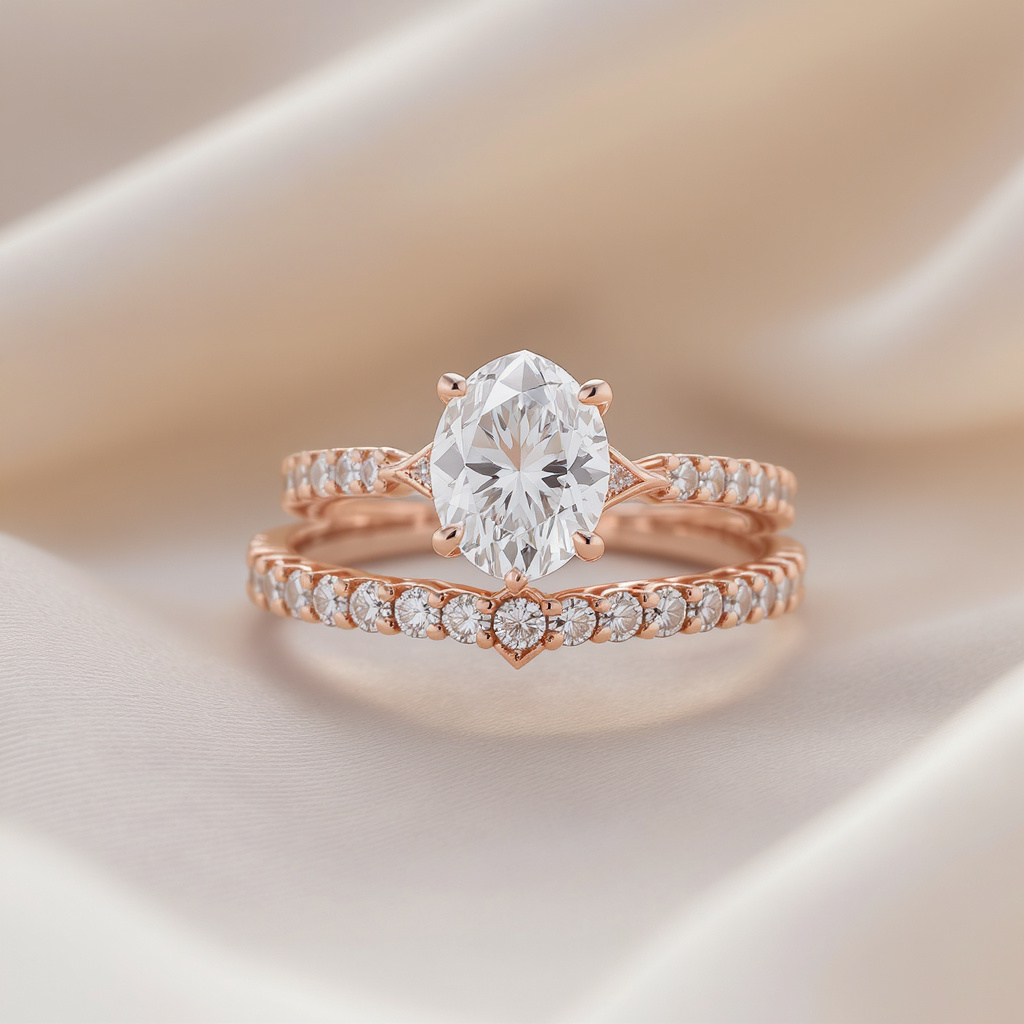
What Is Rose Gold?
Rose gold is an alloy made by combining gold with copper, and sometimes a small amount of silver. The copper gives the metal its signature pink color, while silver slightly softens the hue. The proportion of gold determines the intensity of the pink; for example, 18K rose gold has a softer pink than 14K.
According to the Gemological Institute of America (GIA), this combination enhances durability compared with pure gold and ensures consistent color over time. Jewelers note that rose gold complements a wide variety of gemstones, from classic diamonds to colorful sapphires and morganites, highlighting their sparkle and warmth.
The History of Rose Gold
Rose gold isn’t a modern invention—it dates back to the early 19th century in Russia, where it was known as “Russian gold.” The delicate pinkish hue comes from blending pure gold with copper, creating a soft, rosy glow that stands out from other metals.
Over time, rose gold became synonymous with romance and luxury, appearing in fine jewelry from iconic brands. Its revival in recent years proves that this metal is more than just a trend—it’s a symbol of enduring love.
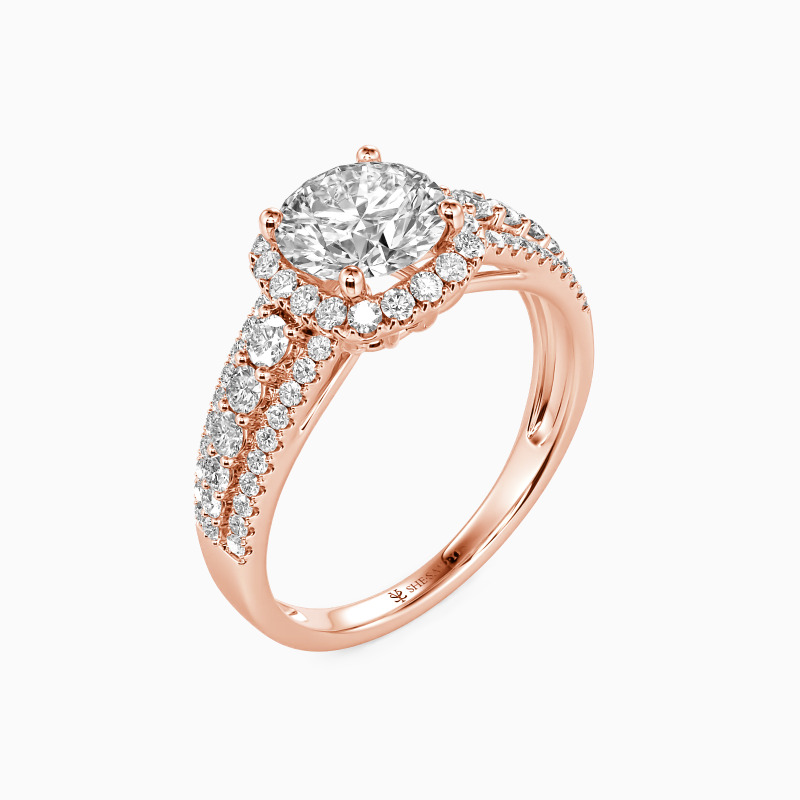
Why Rose Gold Symbolizes Love
Unlike other metals, rose gold’s warm, romantic tone is unmatched. Here’s why it resonates so deeply with couples:
- Durability & Strength – The copper content makes rose gold more durable than pure gold, symbolizing a love that grows stronger over time.
- A Touch of Romance – The soft pink hue evokes warmth, passion, and femininity, making it a perfect representation of love.
- Timeless Yet Unique – While classic, it’s less conventional than white or yellow gold, giving your ring a distinctive charm.
Why Rose Gold Engagement Rings Are So Popular Today
Rose gold engagement rings have surged in popularity in recent years, captivating brides-to-be with their unique charm, romantic appeal, and undeniable versatility. Unlike traditional white or yellow gold, rose gold offers a distinctive warmth that blends elegance with a modern yet vintage-inspired aesthetic. Below are the key reasons why rose gold has become such a beloved choice for engagement rings.
1. Complements All Skin Tones
One of the most appealing aspects of rose gold is its universal flattery—it looks stunning on every skin tone. While white gold can sometimes wash out those with fair complexions and yellow gold may not harmonize as well with cool undertones, rose gold provides a balanced, warm glow that enhances natural beauty.
- Fair Skin: The soft pink undertones of rose gold add a delicate, romantic flush to fair skin, giving a luminous and youthful radiance.
- Medium/Olive Skin: Rose gold creates a gorgeous contrast against olive or golden-toned skin, enhancing warmth without overpowering the complexion.
- Deeper Skin Tones: The rich, coppery-pink hues of rose gold amplify deep skin tones with a luxurious, opulent warmth that makes gemstones pop even more.
2. Pairs Beautifully with Any Gemstone
Another reason for rose gold’s widespread appeal is its incredible versatility when paired with various gemstones. Unlike metals that can compete with a stone’s natural beauty, rose gold enhances and elevates it, making it an ideal setting for both classic and unique engagement rings.
- Emeralds & Other Colored Stones: Even green emeralds or vibrant gemstones like amethyst and aquamarine gain a unique warmth when set in rose gold, offering a fresh twist on classic designs.
- Diamonds: The blush undertones of rose gold give white diamonds a warmer, slightly rosy glow, making them appear even more brilliant and romantic compared to stark white metals.
- Morganite: This peachy-pink gemstone is a match made in heaven with rose gold, creating a dreamy, ethereal look that’s soft yet sophisticated.
- Sapphires & Rubies: Rose gold complements deep blue sapphires and rich red rubies with a vintage, regal effect, evoking timeless elegance reminiscent of antique jewelry.
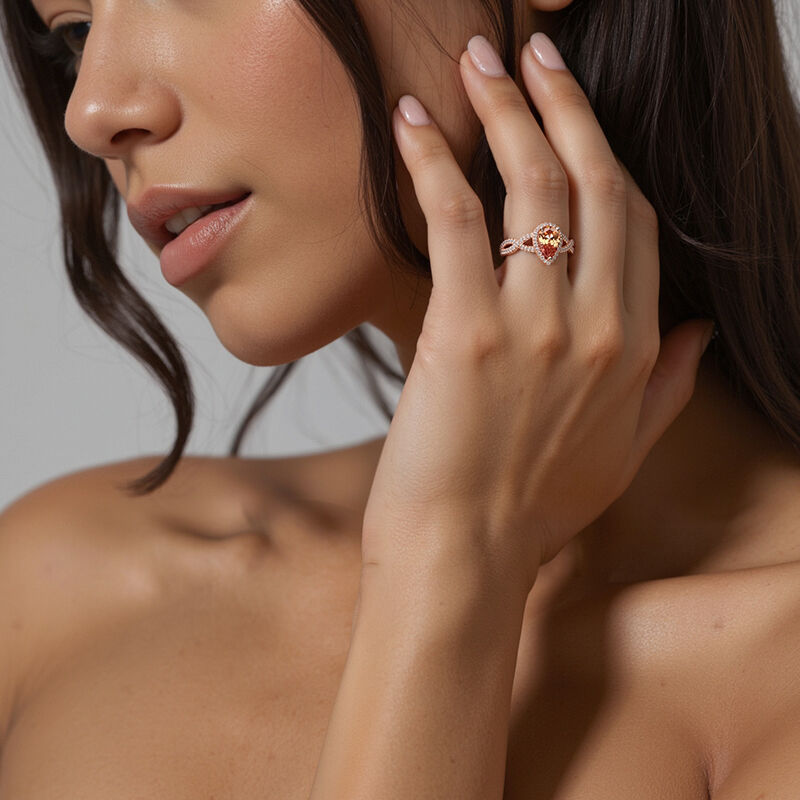
How to Choose the Perfect Rose Gold Engagement Ring
Selecting the right rose gold engagement ring involves several key considerations, from gold karat to gemstone pairings and setting styles. Below is a detailed guide to help you make the perfect choice.
1. Decide on the Karat (14K vs. 18K)
The gold karat (K) determines both the metal’s purity and its durability. Rose gold is created by blending gold with copper (and sometimes silver), which gives it its signature blush tone. The two most common options are:
- 18K Rose Gold (75% gold, 25% copper)
1.A deeper, richer pink hue due to higher copper content
2.Softer and slightly more prone to scratches, making it ideal for jewelry that isn’t subjected to daily wear (e.g., special-occasion rings)
3.A luxurious choice for those who prioritize color and gold purity
- 14K Rose Gold (58.3% gold, 31.2% copper, 10.5% silver)
1.More durable and scratch-resistant, making it perfect for everyday wear 2.Slightly lighter, more subtle pink due to the addition of silver 3.A practical option for active lifestyles
Tip: If you love 18K’s rich tone but want added durability, consider a 14K or 18K rose gold band with a platinum or white gold prong setting for extra protection.
2. Choose Complementary Gemstones
The beauty of rose gold lies in how it enhances different gemstones. Here are some stunning pairings:
- Classic & Timeless: A diamond solitaire on rose gold creates an elegant contrast, making the diamond appear whiter while adding warmth.
- Romantic & Soft: Morganite (peach-pink) with a rose gold halo enhances its delicate blush tones for a dreamy, feminine look.
- Vintage & Bold: Emerald-cut sapphire (deep blue or pink) with rose gold and milgrain detailing evokes antique sophistication.
- Modern & Unique: Salt-and-pepper diamonds, black diamonds, or even rubies can create striking, unconventional styles.
Bonus Tip: If opting for a colored gemstone, ensure it’s durable enough for daily wear (e.g., sapphires and rubies rank high on the Mohs hardness scale).
3. Pick the Right Setting Style
The setting not only secures the stone but also defines the ring’s overall style. Popular choices include:
- Halo Setting – Small diamonds encircling the center stone amplify sparkle and make the main gem appear larger.
- Three-Stone Setting – Symbolizing past, present, and future, this design offers balance and extra brilliance.
- Vintage Filigree – Intricate milgrain, scrollwork, and hand-engraved details create an heirloom-quality piece.
- Bezel Setting – A sleek, modern look where the metal surrounds the stone, offering extra protection for active wearers.
- Pave or Micro-Pave – Tiny diamonds set into the band add continuous shimmer without overpowering the center stone.
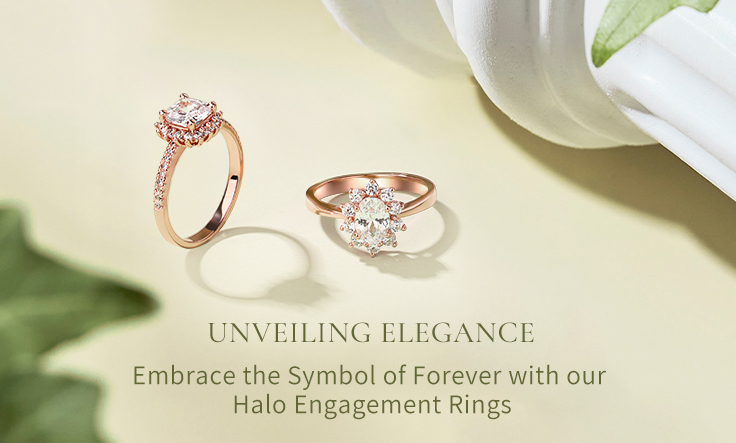
4. Consider Wear & Care
While rose gold is durable, its copper content means it may develop a subtle patina (a darker, vintage-like tone) over time. Some love this natural aging, while others prefer the original shine.
Maintenance Tips:
1.For rings worn daily, occasional professional cleaning helps maintain brilliance.
2.Use a jewelry polishing cloth to restore luster without harsh chemicals.
3.Avoid exposing rose gold to chlorine, perfumes, or abrasive cleaners, as they can accelerate tarnishing.
Final Thoughts:
Rose gold is a highly suitable metal for an engagement ring. Its warm hue, durability, and hypoallergenic qualities make it ideal for daily wear, while its romantic symbolism adds personal meaning. By pairing it with the right gemstone, setting, and care, you can create an engagement ring that is both modern and timeless, reflecting your unique love story.

